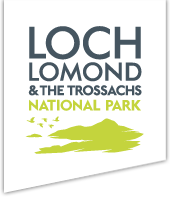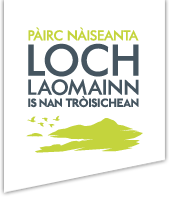
Black grouse
In spring, before we’re even out of bed, the black grouse is up at dawn to dance and sing. The-black-grouse-bop is all about attracting a mate. The name given to this mating ritual and the area in which the birds display is the lek.
The lek takes place in spring when males use their groovy dance moves to try and attract a mate. The strange thing is, we also see birds dancing in the autumn. The females avoid the leks in the autumn so why do the males do it? They seem to enjoy dancing and scrapping for no apparent reason. Boys will be boys. . .
Gurgling away, with red eyebrows raised, glossy black chest puffed out and white tail faethers fanned, black grouse are well loved by tourists, locals and landowners alike.
Our Wild Challenge
Because it’s such a beautiful and enigmatic bird and a great indicator of healthy habitats good for other species too, blackgrouse is a priority species for the Park.
Find out more about our Black Grouse Wild Challenge Action Plan.
Why black grouse need our help
Black grouse are threatened in Scotland for several reasons.
- Habitat loss. Grazing by lots of sheep and deer over a long period can reduce the diversity of plants that black grouse need to see them through the year. Upland forestry can mean the loss of moorland habitat. Once mature, the forests can be too dense for black grouse to live in.
- Climate change. The survival rate of black grouse chicks is down due to wetter springs and summers in recent years.
- Predation. Fewer people working on the land means less time available to control the predators of black grouse, like foxes and crows.
- Collisions with deer fences. Black grouse aren’t used to fences and can fly straight into them. A collision with a fence is often fatal for a grouse.
Where to see black grouse
A bird of the moorland edge where the trees thin out and the heather begins. In the National Park you can find them in the Great Trossachs Forest and other upland glens and moorlands.


